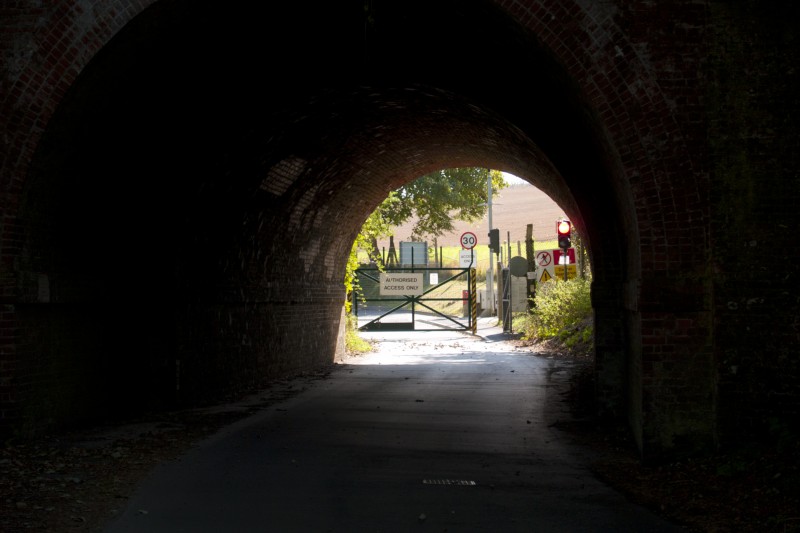Neal White has conducted interdisciplinary research across art and techno scientific disciplines at BU since 2003. His work uses art as a reflective framework – an active cyclical experiment – through which we can ask questions that will lead to unexpected events and ideas.
White’s research projects have led to international outputs at galleries, museums and artist publications.
These include Cleanrooms at the Natural History Museum and exhibited at the Barbican Gallery; The Void developed at The National Institute for Medical Research; Collaborative research with Max Planck academics for Truth Serum; and the Office of experiment’s (founded by White) Experimental Ruins and Overt Research project.
This work has had considerable reach across the UK, Europe and the US through exhibitions, workshops and the media. It provokes societal reflection on the critical issues it addresses; notably how sites, technologies and events shape our ideas of culture, political and personal life.
Through these projects White has contributed significantly to the art-science discourse, providing impetus and critical breadth to the development of art and science as a cultural sector in the UK.
Arts Catalyst
The Arts Catalyst commissions art to experimentally and critically engage with science. Much of White’s research has been presented in partnership with the organisation, with 12 repeat commissions to date.
Numbers attending Arts Catalyst exhibitions has increased fourfold since 2009, from 12,066 to 51,662 in 2012. In 2011, during the period of the Overt Research, the Arts Council awarded National Portfolio Organisation (NPO) status to the Arts Catalyst.
Evidence of cultural engagement
Research and negotiation opens up sites such as the Department of Homeland Security, Admiralty Research at Southwell Business Park; Portland to ROC Nuclear Bunkers; and the Women’s Peace Camp at AWE Aldemaston. These sites are accessed and reimagined as sites of cultural importance or as future heritage.
The significant impact of the research projects has been recognised in terms of the contribution to cultural enrichment, the discussion of sites of national heritage and engagement of public in moral and ethical issues arising from new scientific developments and the transparency of closed sites.
Following feedback on the Experimental Ruins project, the majority of participants said that the critical excursion drew attention to elements of London’s technological heritage that they hadn’t known of before. Many respondents believed the critical excursion provided an opportunity to push the frontiers of investigation into improbable, underground or unremarkable sites in suburban settings. Around half felt the experimental field workshop presented them with new ideas and ways to explore and map contemporary heritage sites.
This is evidenced through reviews and commentary citing White’s approach as addressing and engage audiences in new experiences and discussions of complex and sometimes difficult subjects.
Examples of these include cultural reviews (Afterimage, BLUEPRINT, Art Monthly) and published books; non-art academic paper, Geoforum Editorial; the online interview we-make-money-not-art; and leading edited publications on contemporary art such as All this Stuff (Libri Publishing 2013).
Art-science discourse
In addition to the cultural impact, White’s research has made significant contributions to the discourse of art and science. For example, in January 2012 White presented work from The Void to an ethics panel drawn from some of the UK’s leading ethics committees. The event, called ‘Trust Me I’m an Artist’ investigated the new ethical issues arising from art-science collaboration and considered the roles and responsibilities of the artists, scientists and institutions involved.
 Porton Down: one of the sites visited in the Overt Research Project’s Secrecy and Cold War Bus Tour.
Porton Down: one of the sites visited in the Overt Research Project’s Secrecy and Cold War Bus Tour.